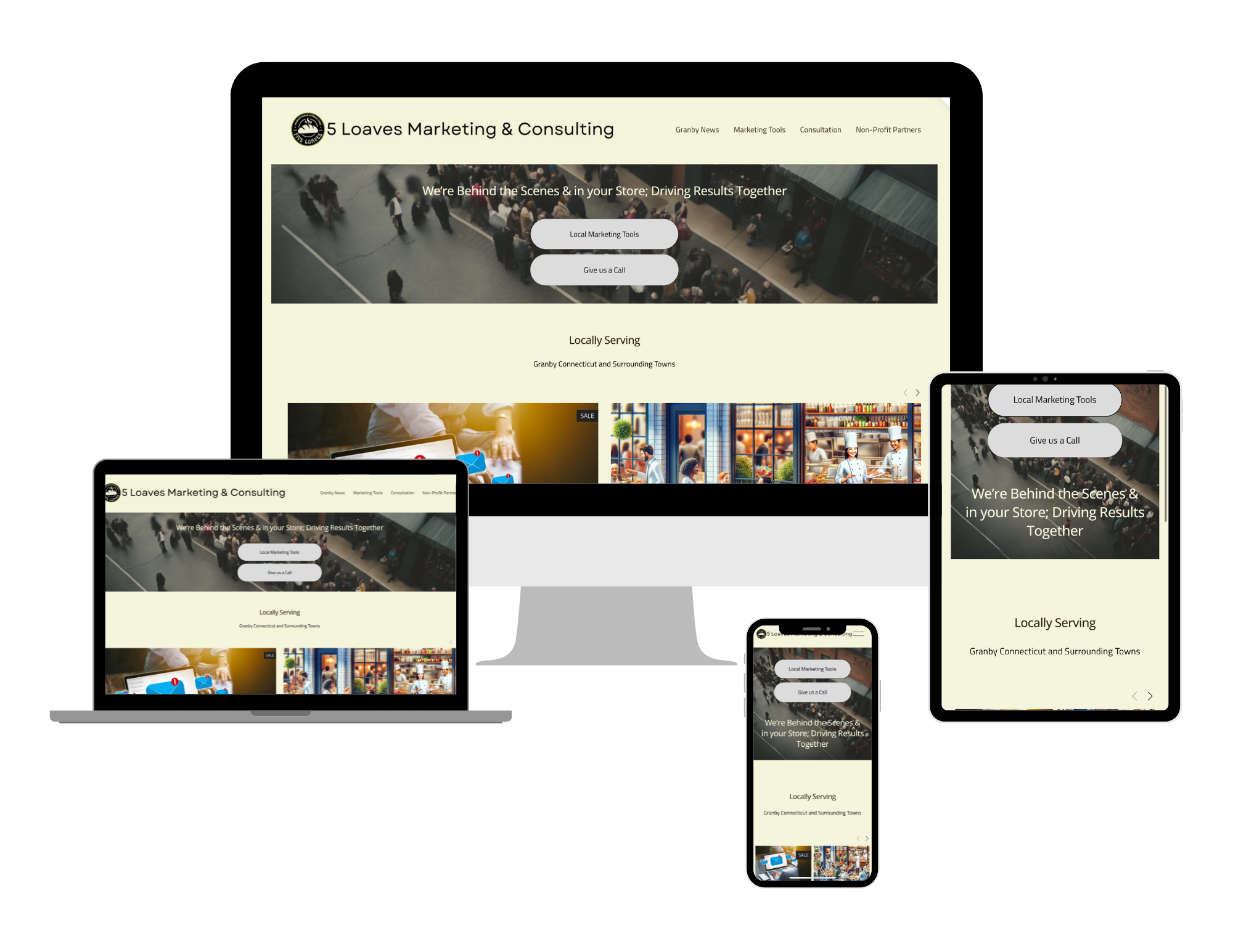How a Simple Website Can Boost Your Restaurant’s Brand
A simple, easy-to-use website is essential for any restaurant looking to grow its brand and attract more customers. In the highly competitive restaurant industry, first impressions are everything, and a well-designed website can be the key to making that lasting impression. From providing key information to creating a seamless user experience, a website acts as your digital storefront and is often the first interaction potential customers have with your business.
Why a Simple Website Matters
A clean, straightforward design ensures that visitors can quickly and easily find the information they need without getting frustrated. When a customer visits your website, they're often looking for specific details: your menu, location, hours of operation, and possibly even how to make a reservation or order online. If your site is cluttered or difficult to navigate, you risk losing potential customers before they ever set foot in your restaurant.
Simplicity also translates to speed. Websites that load quickly retain more visitors. If your website is bogged down with too many elements, images, or complex animations, it can become sluggish, particularly on mobile devices. Slow load times are one of the primary reasons users leave a site, and for a restaurant, this can mean the difference between filling tables or missing out on valuable reservations.
Key Features of a Restaurant Website
1. Mobile Optimization: Over half of website traffic comes from mobile devices, so ensuring that your website is mobile-friendly is vital. This means making sure the site scales properly, buttons are easy to tap, and text is legible on smaller screens.
2. Menu Display: One of the most common reasons customers visit a restaurant’s website is to check the menu. A clear, well-organized, and frequently updated menu is a must. It should be easy to read, with descriptions of dishes, prices, and any current specials. Make sure your menu is not just in PDF form, as that can be difficult to view on mobile devices.
3. Online Ordering and Reservations: In an increasingly digital world, more and more people prefer to order online or book their reservations directly from a restaurant’s website. By integrating a simple ordering system or linking to services like Toast or OpenTable, you provide convenience that can boost both takeout sales and reservations.
4. Contact Information: It seems basic, but ensuring that your contact details (phone number, address, and hours of operation) are easy to find is critical. Embedding a map and offering direct links to call or get directions can also help convert website visitors into actual guests.
5. Events and Special Offers: If you regularly host events or offer promotions, these should be clearly displayed on the site. Many restaurants use pop-ups or banners to highlight special offers or limited-time deals, which can entice customers to visit.
6. Social Media Integration: In today’s interconnected world, having a social media presence is an extension of your brand. Make sure your website includes links to your Instagram, Facebook, or other social platforms where customers can follow you for updates, special deals, and engaging content.
7. Reviews and Testimonials: Featuring customer reviews and testimonials directly on your site helps to build trust and credibility. Most customers look for social proof before deciding to dine at a new restaurant, and having positive feedback prominently displayed can reassure them.
8. Easy Updates: Ensure that you or someone on your team can easily update the website. Whether it’s changing the menu, updating hours, or promoting a special event, you’ll want a system in place that allows for quick edits without needing to contact a web developer.
How a Website Helps Build Your Brand
In addition to being functional, your website is a reflection of your restaurant’s personality and brand. Everything from the color scheme and logo to the tone of the copy should reflect the atmosphere and values of your restaurant. For example, a fine-dining restaurant may want to showcase sleek design and elegant photos, while a family-friendly diner might focus on warm, welcoming colors and imagery of happy families enjoying meals together.
A website also offers a space to tell your story. Whether it’s sharing the history of your restaurant, introducing the chefs, or talking about your sourcing of local ingredients, a well-crafted "About Us" page can help customers connect with your brand on a deeper level. The more personal and engaging the content, the more likely visitors are to form a connection and choose your restaurant over competitors.
Growing Your Brand Through Online Presence
Having an effective online presence is crucial to brand growth. A website serves as the foundation of your digital marketing efforts, whether through search engine optimization (SEO), paid advertising, or social media. By ensuring your site is optimized for search engines with relevant keywords, you increase the chances that customers searching for restaurants in your area will find you. This is especially important for local searches, like “best pizza near me” or “Granby CT restaurants,” which can direct traffic right to your door.
Moreover, with your website integrated with marketing platforms such as email newsletters, SMS updates, or loyalty programs, you can maintain direct communication with your customers. Encouraging them to sign up for special offers or events via the website can help grow a loyal following that you can continuously engage.
Final Thoughts
A simple, functional website is no longer optional for restaurants—it’s a necessity. From improving the customer experience to enhancing your online visibility and boosting sales, a well-designed website is one of the most powerful tools in your restaurant’s marketing arsenal. By investing in a site that is easy to use and reflects your brand, you ensure that you make a positive, lasting impression on potential customers, ultimately helping your restaurant grow and thrive in today’s digital landscape.





